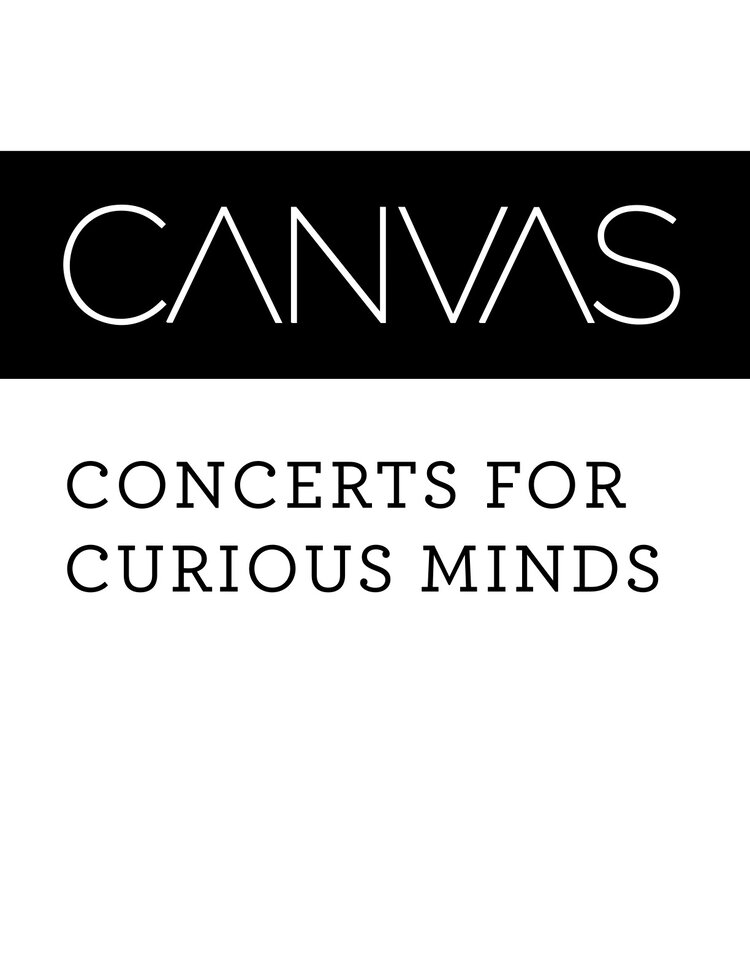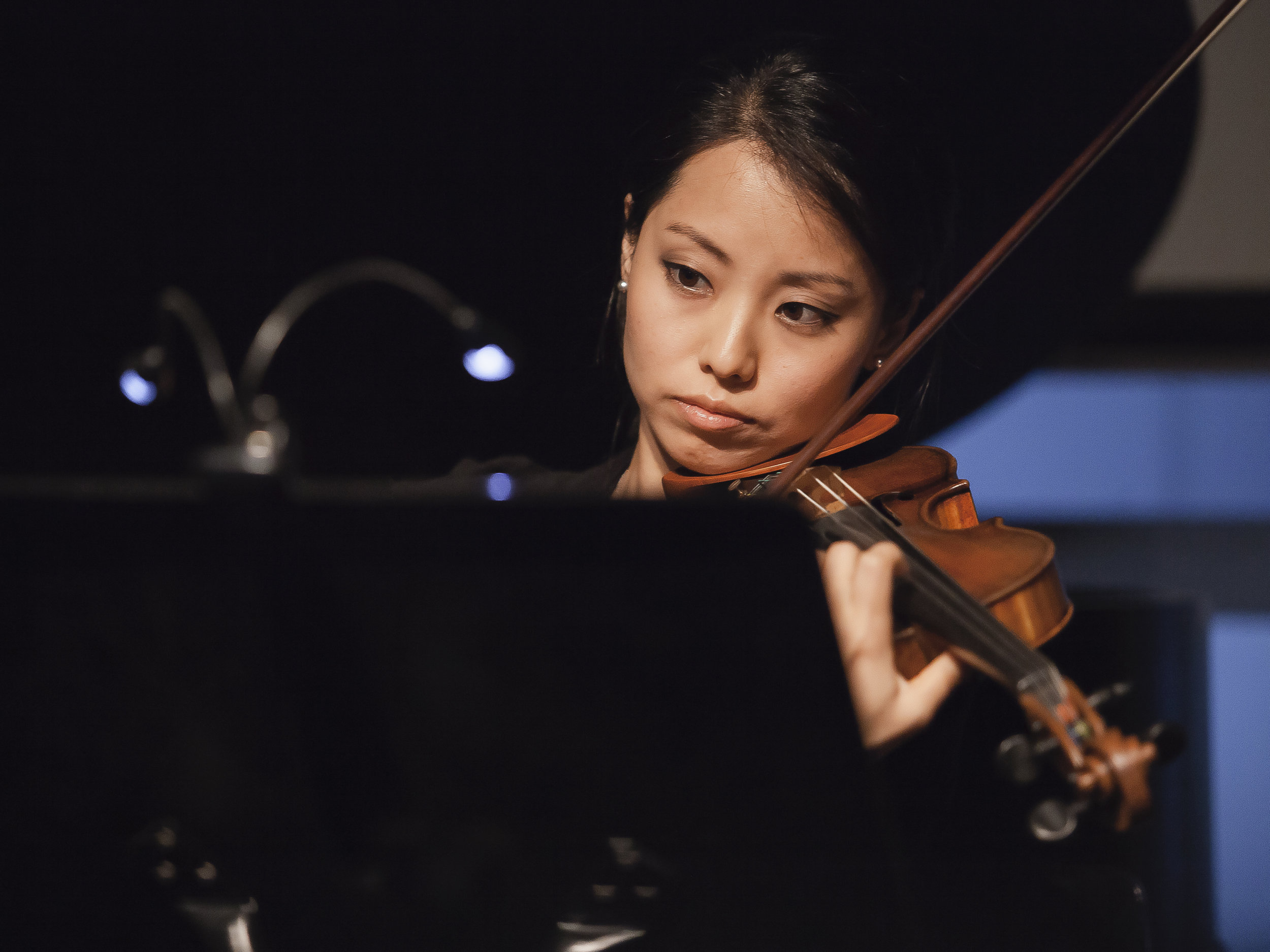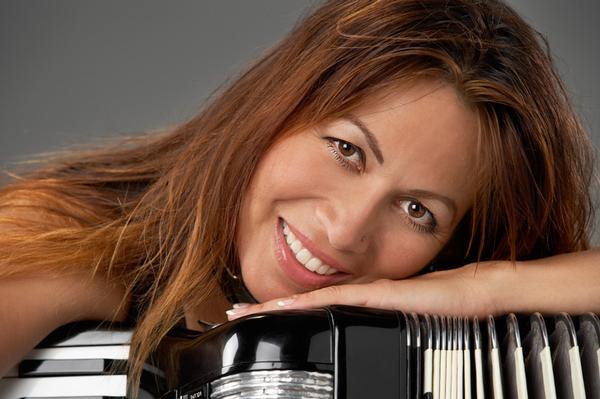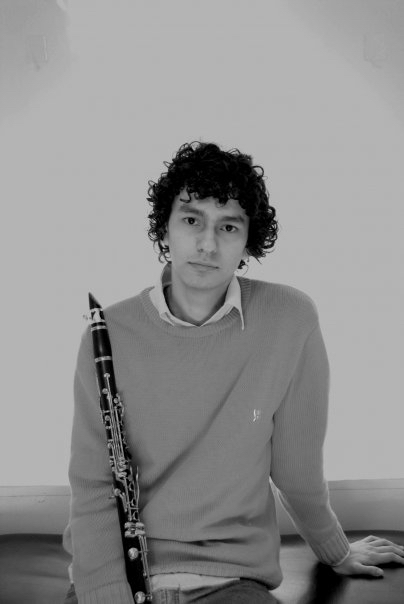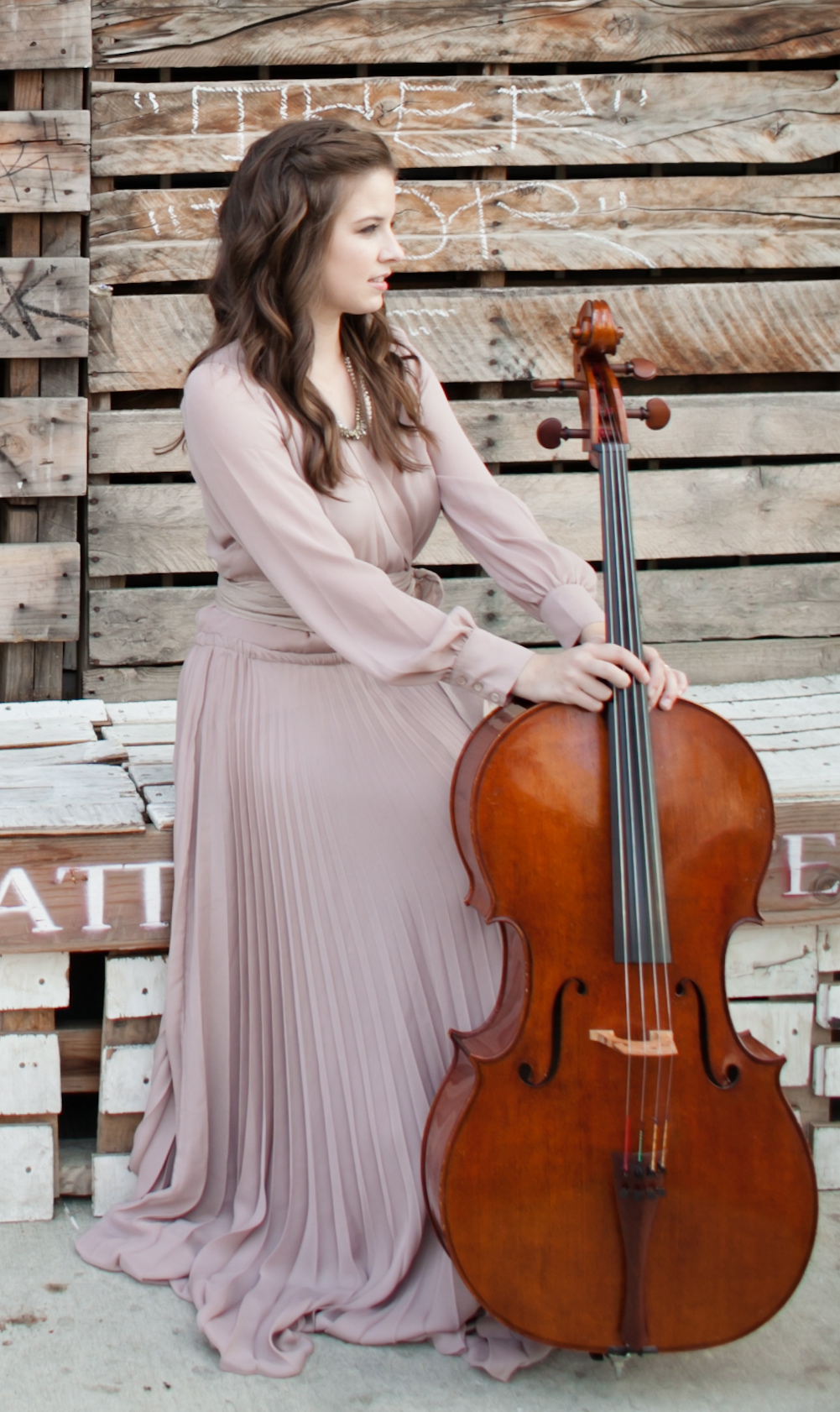MEETING THE GHOSTS
Since its inception in 2008, Meeting the Ghosts has had multiple iterations. Before activating where we want to go, here is a glimpse of where we’ve been.
2008:
Working closely with Dutch War Documents Institution, created a 30-minute documentary about the Netherland’s path to WW2 and its Occupation years (1940-1945). Presented with original score played live to picture (piano, violin, clarinet and accordion). Audience walked through museum exhibit with photo boards describing in greater detail the dates and players. Ended with pilgrimage to Dam Square for annual ceremony for Dodenherdenking Dag - Dutch day of Remembrance.
VIDEO: 93 Trains - Photos and film from one day of massive deportations from Amsterdam to the transit camp Westerbork.
Program notes from the premiere performance HERE.
2015 (Los Angeles / Denver):
Performed the program above in Los Angeles with addition of a cellist, new composed score pieces replacing pre-recorded and - most notably - four pieces from Dutch lost music repertoire (Leo Smit, Dick Kattenburg, Nico Richter, Rosy Wertheim). The research was new to us at the time, so there was no integrated storytelling about this composers. But we did offer the American premieres of three of the four pieces.
VIDEO: one of the four Lost Pieces played in Los Angeles
We traveled to Denver later the same year to perform to the public at a synagogue. Led by dynamic group of local volunteers, over $25,000 was raised to pay for our travel, three educational sessions in the community, offering the program free-of-charge to the Denver community, and having $10,000 left over to put in their educational fund.
We performed the above version with slight alterations: the addition of a fifth lost piece (second Kattenburg) and changing the film to include mention of the composers as part of the historical story. Four hundred students attended the educational outreach events. Over 600 people attended the performance, including four Holocaust survivors.
We created a full-color brochure for the event. Due to cost, we didn’t end up publishing. You can read it HERE.
PHOTO: Educational Outreach to Denver middle schoolers.
VIDEO: The film closes with footage from the days when Canadian troops freed Amsterdam from Nazi control.
The touring ensemble. From L to R: Rebecca Chung (vln), Gee Rabé (acc), Edgar David Lopez Artuanga (clar), Alisha Bauer (vc), Lynn Hutchinson (pno/comp)
WHAT’S NEXT
Realizing we were offering something valuable with lots of potential for growth, we invested in what could and should be next.
In 2018, we hosted a private performance of Meeting the Ghosts for 30 thought leaders (educators, religious leaders, musicians, writers, producers). The purpose was to 1) get responses to the project as is, and 2) discuss its potential as a piece of social justice art. The overwhelming response was to use the national history as a background for the real story: the musicians and composers. Who were these people? What is the value of honoring their work today? Why?
The two big takeaways: 1) In order to make the story more personal and compelling, we need to focus on the musician/composer experience, and 2) the opportunity to make impact will come equally with an effective and sophisticated education element. The goal became to adapt Meeting the Ghosts into a performance / educational experience that will promote as effectively as possible conversations about anti-semitism and racism. Not as a history, but as a personal, relatable and current crisis.
PERFORMANCE CHANGES
These three options are where we have landed. The Animation concept is where we would like to be. But it is the most costly of the three.
1) THEATRICAL REBOOT: keep documentary / film element, tell story of composers through available photographs and scripted monologues…addition of theatrical elements: live players wearing period costumes and interacting with the story, light staging/prop usage.
2) ANIMATED FICTION: Using what we know about A’dam and its Jewish composers during the War, create a story about a fictitious young composer in hiding - allowing us to engage / manipulate educational insights about anti-semitic experiences. Real lost composers’ stories still included. Music is combination of original score and lost pieces. Performance is live to picture.*
3) HYBRID: Using mostly existing photographs and video, create a non-fiction retelling of musicians/composers’ life during Occupation, with animated opener, closer, and small bits in between to tie it together.
STORYLINE
Keeping an eye on the target, we’ve been working on a storyline that would help foster conversation about both the personal and collective experiences in Amsterdam leading up to and during the Occupation. The first iterations of Meeting the Ghosts exposed, in general, the national experience of The Netherlands / Holland. Moving forward, we will focus on the experience specifically in Amsterdam (where the largest population of Jews and Jewish musicians were before the War).
Amsterdam is an urban village. With no more than 100,000 occupants, it is entirely common for people within a given field to know nearly everyone else in his/her profession in the city. This sense of community and closeness is a feature within the re-write. In fact, up for consideration is changing the name from Meeting the Ghosts (a title attached to Lynn’s experience living in a house of resistance) to Mokum - a Yiddish nickname for “home” to which Amsterdam has commonly been referred by resident Jews.
*We have been working with Dutch animator Julia Veldman since fall 2018 on concepts. Due to the quality of artistry and immense amount of work required, completed animation is costly. To begin exploring this as an option, we budgeted a sketched opening scene and a few colored drawings. Here are some samples:
Nico Richter (composer) riding in Amsterdam
Leo Smit (composer) in hiding
Henrietta Bosmans (composer) wearing Jewish star during Occupation
The plot that we are developing now is about a young female Jewish composer whose father gives her a birthday present of 100 sheets of composition paper and a beautiful pencil set for her 14th birthday. The year is 1934. He challenges her to write 100 pieces before she turns 21. As the Occupation settles in and the safety of Jews is compromised, the girl and her family are separated and forced into hiding. She continues to write despite desperate circumstances.
Through her story, we learn of other musicians and composers (based in history) in Amsterdam and hear their music as well as hers.
EDUCATION / EXPERIENCE
A project that engages history, music, and personal stories (with artifacts) at the same time provides a rich setting for life-changing conversation. What is our end-goal message? How do we best deliver it within a construct that can travel to different venues? How can we engage online tools? How can we engage meaningful access to original manuscripts and ephemera (even if just photographed)?
CORONAVIRUS
How do we plan for “what’s next”? Can we be ahead of the curve in how we plan to present this project? Or, will the funding we need take longer than the pandemic will restrict us? Etc.
